A village in Bihar switches to organic farming, sets an example
More than half the population in Kedia village, which is 20 kms from Jamui district in Bihar, has switched to organic farming. It is the first village in the state to switch to organic farming. People living in this village are eating chemical-free food and are also saving money

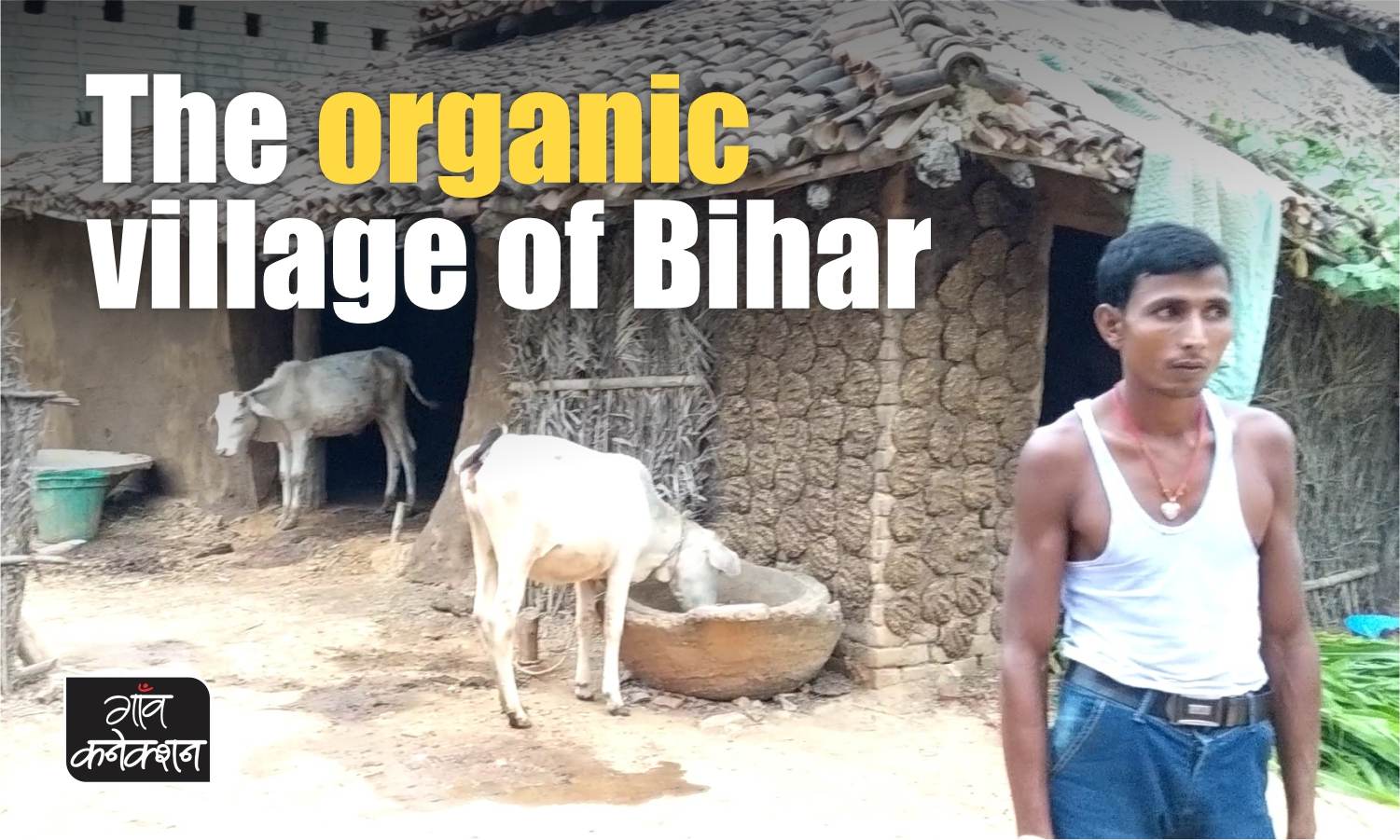
“Nobody would like to eat poison. Thanks to organic farming, people in my village are eating chemical-free food. It also helps us save money,” said Sumant Kumar, 42, a farmer in Bihar’s Kedia village. The village is the first in the state to switch to organic farming.
Sumant has been doing organic farming for five years. He said except for the first year, he has been making profits ever since he adopted organic farming. His input costs have reduced by 80%, while the production has risen by 100-110%.
Kedia village, about 20 km to the north-east of Jamui district in Bihar, comprises 100 families. Of these, more than 50% of farmer families have switched to organic farming. They practise organic farming in nearly 45 acres of land in the village. The families that have not adopted organic farming so far are giving it serious thought. Kedia has inspired nearby villages, too.
Sumant said people from various parts of the country visit the village to understand the benefits of organic farming. Many foreigners also visit, he said. Vegetables, fruits and crops of Kedia village have acquired a unique identity across the country, said Sumant. Moreover, people also get good value for their vegetables in the local markets.
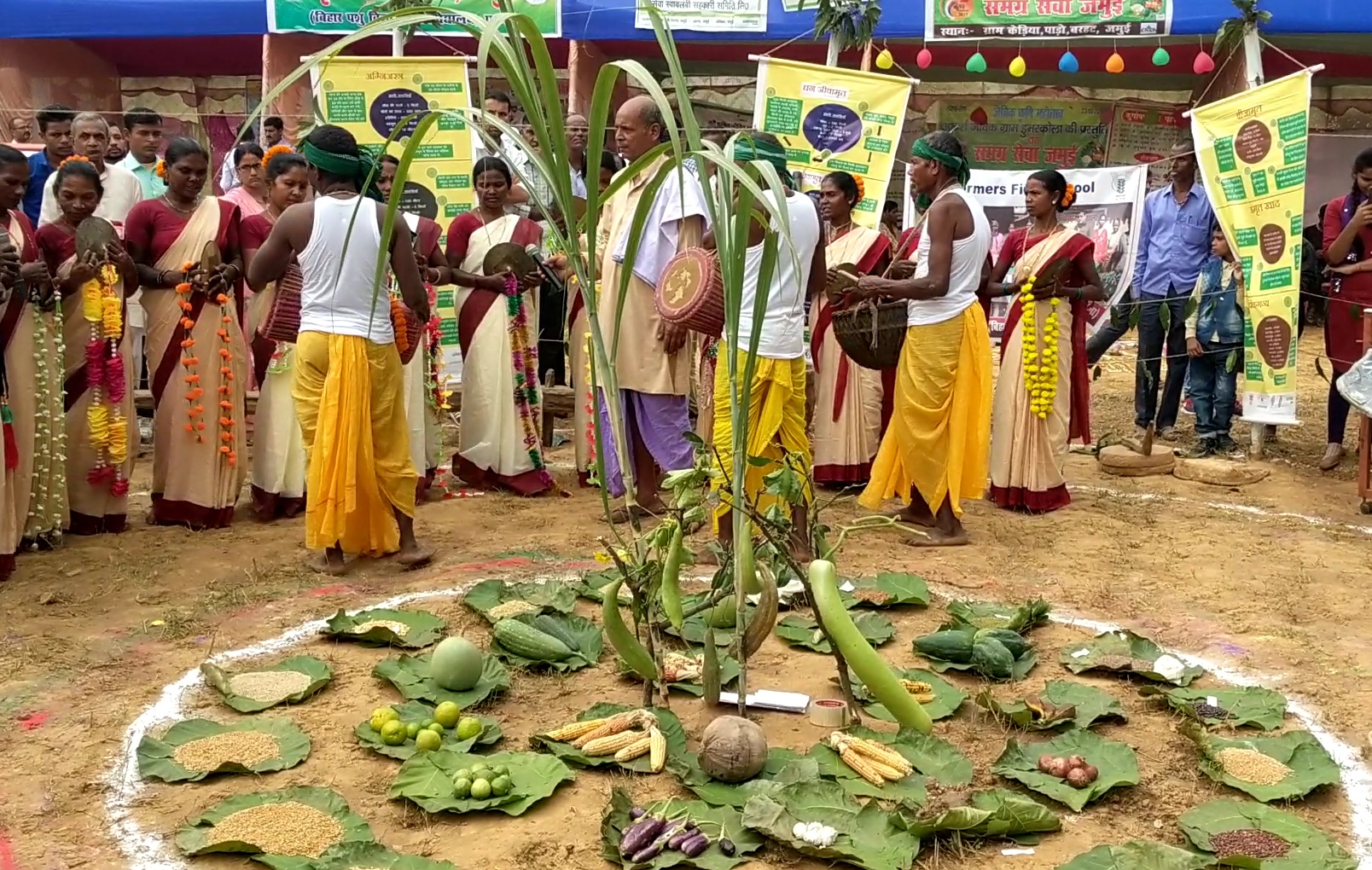
‘Jashn-e-jaivik’ — a festival to celebrate organic farming — organised in the village recently attracted people from various parts of the country. Along with Prem Kumar, the agriculture minister of the state, many agricultural officers, environmentalists from across the country, and thousands of farmers from nearby villages visited it. Prem Kumar, while addressing the festival, said that in 2016, the state government had made organic corridors along the bank of river Ganga in 12 districts. He also said the organic farming model of Jamui would soon be adopted everywhere in Bihar. “For this, state and the Centre are providing support to the farmers,” he said, adding, “Organic farming has spread over 35,000 hectares of fields in three years in the state.”
Vijay Yadav, 48, who lives in the same village, said: “Organic farming helps protect soil, while chemical farming acidifies it. If we have to protect our soil, we should adopt organic farming.”
Vijay told Gaon Connection he hasn’t yet adopted organic farming, but would start practising it with the help of financial assistance given by the government.
To discuss various issues related to organic farming, farmers in this village have started a committee — Jaivik Mati Kisan Samiti. Sunil Kumar, 26, a villager, said the name of the committee itself suggests they have to keep the soil alive and fertile. He said many agricultural officers and volunteers of Greenpeace — a non-profit environmental organisation — join the committee meetings and discuss modern methods of organic farming.
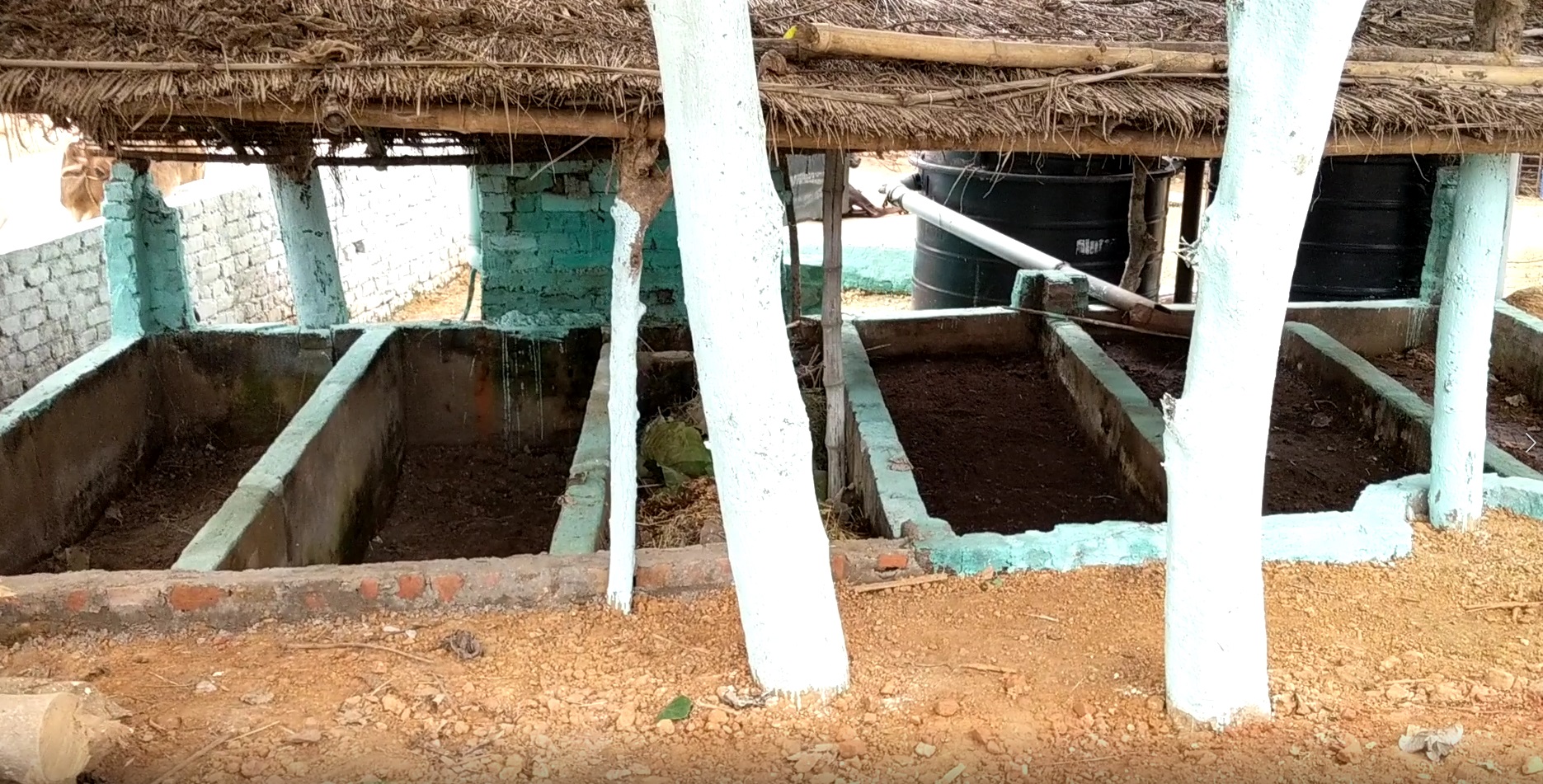
Farmers of the village use Bijamrita, Jiwamrita, Neemamrita, and Amrit Pani to get rid of insects and pests in crops. These organic insecticides and pesticides are prepared using cow dung, neem leaves, soil, jaggery, gram flour, and leaves of peepal tree. The cost of making these organic pesticides is minimal.
Upendra Yadav, 45, said: “Our village has more than 3,000 native cows. This helped people here adopt organic farming. Cow dung of native cow is very important for sustainable organic farming. Cow dung helps in making vermicompost, organic composts, and many other organic insecticides. It is also used in making biogas. It helps save electricity.”
Ishtiaq Ahmed, who works with Greenpeace to spread awareness about organic farming among farmers in Kedia village, said the organisation has served as a bridge between farmers and the government. “With the help of many governmental schemes, besides MNGREGA, Swachh Bharat Mission, and Jaivik Krishi Yojana, we were able to make organic farming easier and successful in this village,” he said. “These schemes have helped us set up vermicompost beds, animal sheds, biogas plants, ecosan toilets, and wells. All of these were important to boost organic farming in the village.”
More than 250 vermi-beds, 22 biogas plants, 40 wells, 15 cement animal sheds, and 20 ecosan toilets have been set up with government assistance and subsidies given to people in the village. The agriculture department provides farmers 50% of subsidy on the total input cost to set them up.
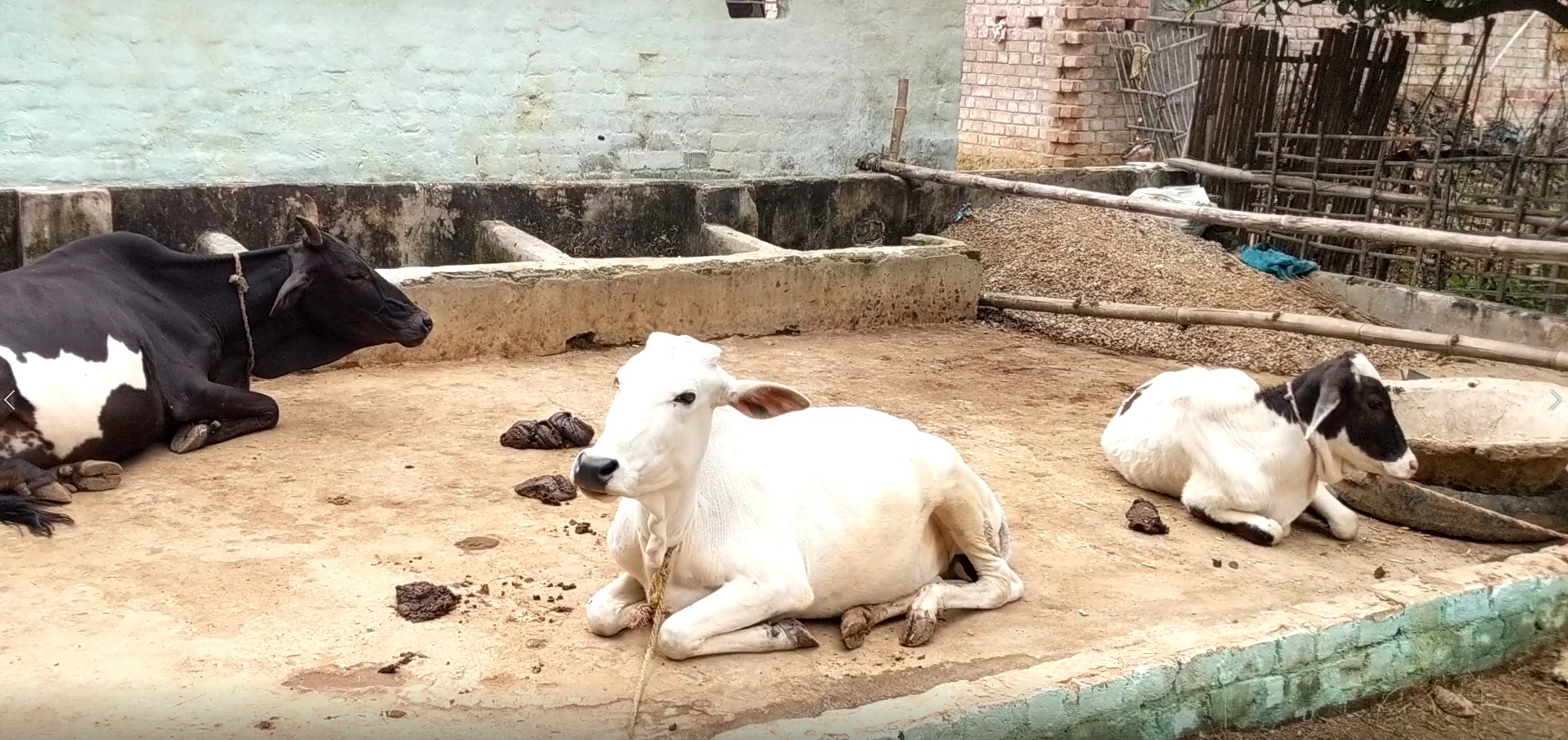
No cow, no farming
Despite benefits, there are several limitations of organic farming. Cows play an important role in organic farming. Many farmers in the village have not been able to adopt it because they don’t have more than 1-2 cows.
“I have only one cow. This is why I can’t start organic farming. I don’t have enough money to buy another cow,” said Pinky Devi, who was busy harvesting crops in her fields. “Those who don’t have animals, how will they do organic farming?” asked Pinky.
However, Sumant said there is hardly anyone who doesn’t own at least 8-10 cows.
Another key aspect of organic farming in the village are the ecosan toilets. “With the help of ecosan toilets, we have been using human excreta to make compost. We produce grains in our fields, we eat them, and then we give it back to the fields,” said Sumat.
He said the compost improves soil’s fertility. “In ecosan toilets, urine and excreta are stored in two different tanks. To ensure cleanliness, soil and ash is sprinkled over the faeces. After a year, this becomes compost. We then remove it from tanks and use it in our fields.”
Not all families practising organic farming have ecosan toilets though. Upendra Yadav believes that just like people gradually took to organic farming, they will soon start using ecosan toilets. At present, of the 100 homes in the village, only 20 have these toilets.
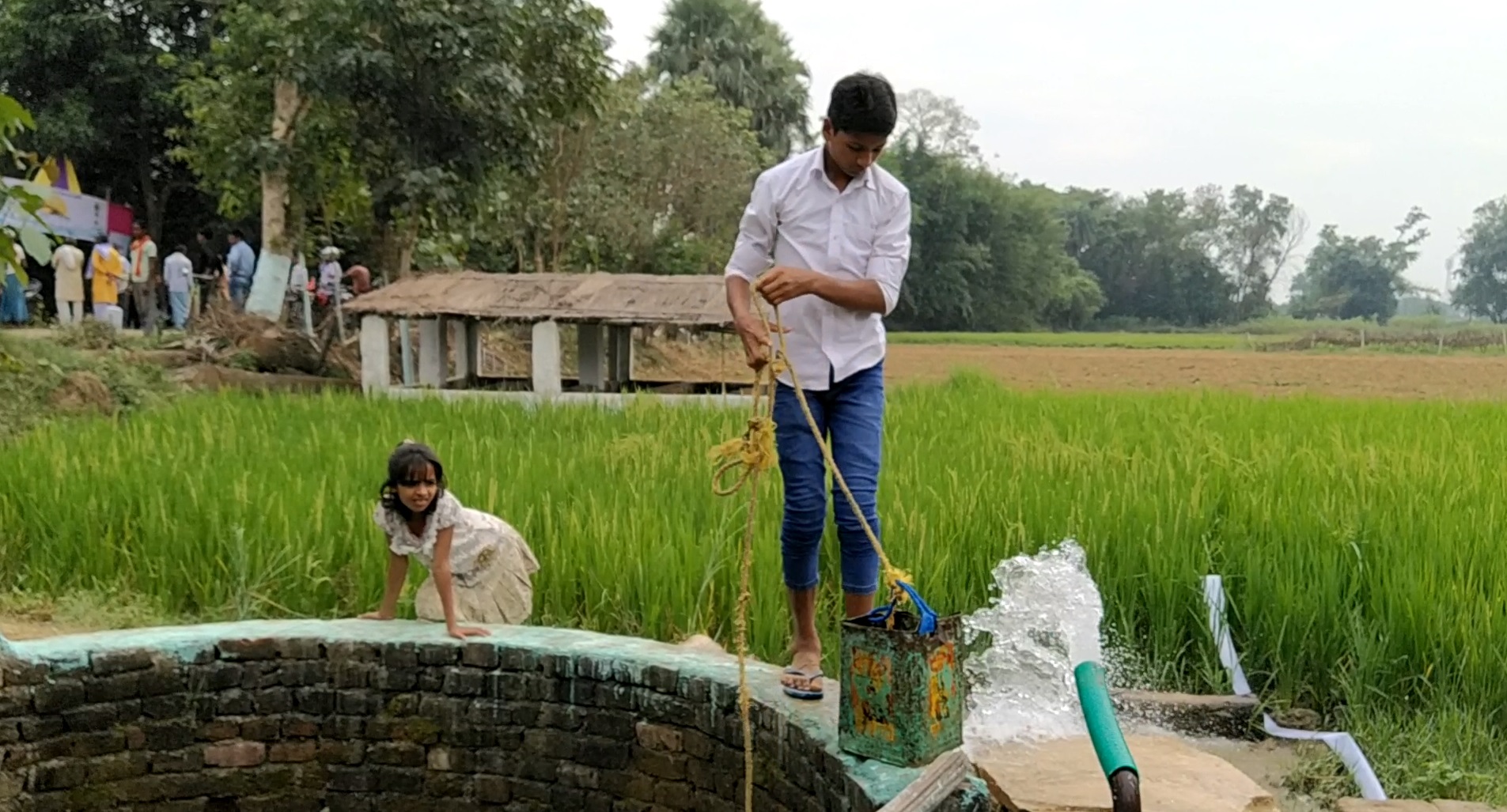
Sumant said organic farming has not only increased soil fertility but also improved water level in the village. He said, “In many parts of Jamui district, you get water at a depth of 200-250 feet. But, here in Kedai, you get water at 20-25 feet. There are more than 40 wells in our village. They help us irrigate our crops. We also don’t feel the need for bore wells.”
Satendra Yadav said earlier input costs amounted to Rs 5,000-6,000. “We had to pay irrigation costs as well. But in organic farming, we have to irrigate crops only two or three times. This reduces our input costs. Also, we don’t have to pay for insecticides in this type of farming.”
Dumarkola village, about 20 km from Kedia, is also adopting organic farming. Niranjan Kumar of the village said that like farmers of Kedia village, his villagers, too, have started adopting organic farming. “Thirty farmers in our village have formed a committee. They have been doing organic farming in fields spread over 30 acres for the past one year and are making a profit. This is also preventing their fields from becoming barren,” he said.
Similarly, Ratan Yadav, 64, a farmer in another village neighbouring Kedia, said about 10 farmers in his village recently switched over to organic farming.

